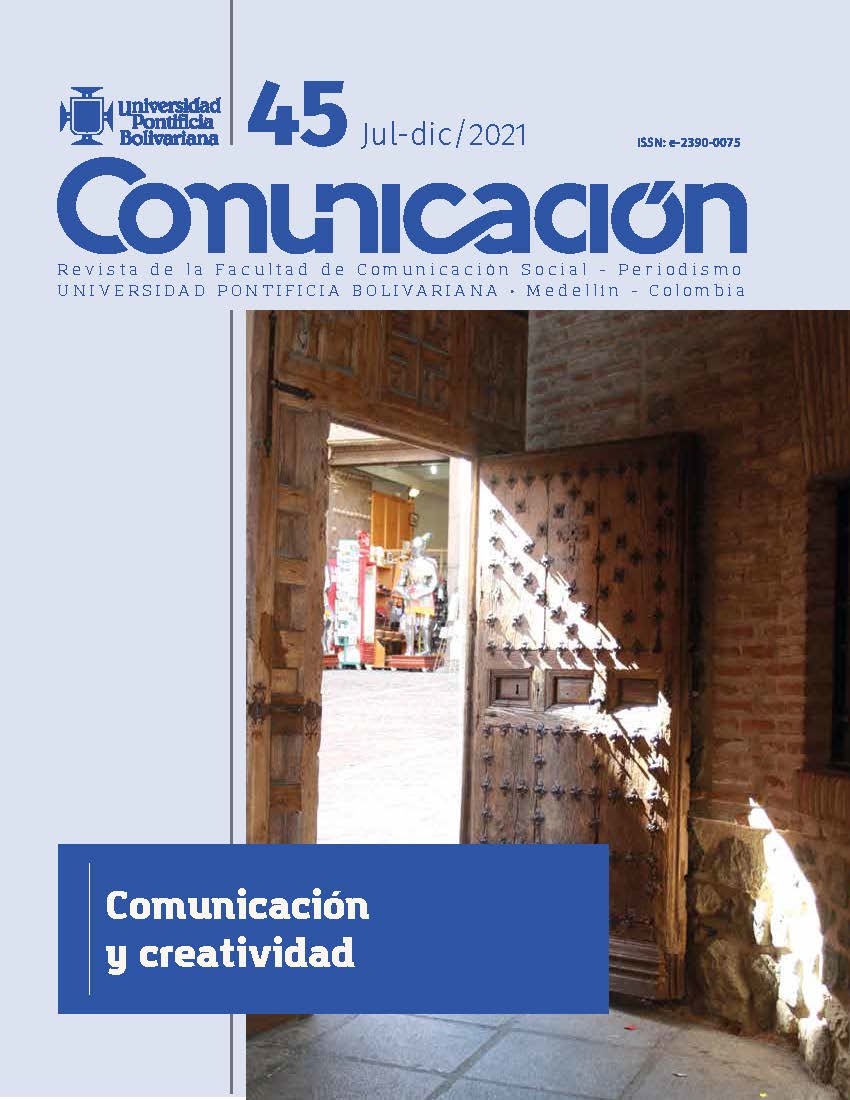Urban graphics as communication: macro mural La Mariposa, Bogotá
Main Article Content
Abstract
This work focuses on the analysis of the communicative practices that are presented in the urban graph of the neighborhoods that make up the macro mural of La Mariposa in Bogotá. Taking into account the way in which the murals and graffiti of the sector, created and developed during the “Habitarte” project during the Mayor’s Office of Enrique Peñalosa, managed to express a language and culture typical of the community, referring to what it wanted to express in its walls and in relation to the dynamics and realities of the territory. In addition to this, the work also seeks to relate these practices, with the theoretical dimension of popular and urban graphics, the dialectic of cultural struggle, depoliticized spaces and the perspective between official and unofficial aesthetics, from an analysis of the configuration modern cities and institutional projects with collaborative work, which generated this intervention in the city. This in order to identify how the community relates to its environment, and how graffiti and urban art become a mechanism to express what both the inhabitants and the institutions want to communicate within the territory and that end up generating processes of appropriations, reflections and resignifications of what is communicated.
References
Ceds2013. (s. f.). Comunidades de Aprendizaje Mutuo para el Desarrollo UPZ San Cristóbal Norte parte Oriental Localidad de Usaquén Bogotá D.Chttps://ceds2013.wordpress. com/territorio/
Chaparro, E. (2011). Itinerarios de la gráfica popular. Usos, prácticas y sentidos en el espacio urbano. Educación y Ciencia, 12, 77-95.
Cortés, L. (2017). Arte urbano-muralismo en Bogotá. Una aproximación a los procesos de aprendizaje en sus colectivos [PDF]. https://repository.uniminuto.edu/bitstream/handle/10656/6012/TECE_CortesCamargoLudby_2017.pdf?sequence=1&isAllowed=y
García Canclini, N. (1990). Culturas híbridas. Estrategias para entrar y salir de la modernidad [PDF]. Grijalbo. Https://monoskop.org/images/7/75/Canclini_Nestor_Garcia_Culturas_ hibridas.pdf
Hall, S. (1984). Notas sobre la desconstrucción de “lo popular” [PDF]. En R. Samuel (Ed.), Historia popular y teoría socialista. Editorial Crítica. http://www.ram-wan.net/restrepo/hall/notas%20sobre%20la%20deconstruccion%20de%20lo%20popular.pdf
Popular de Lujo. (2011). Engalle, devoción y porquería: dichosos los ojos que los ven [issuu].https://issuu.com/patrimoniobogota/docs/popdelux_msodbta
Radio Santa Fe. (2019). Sector de La Mariposa promete ser un nuevo símbolo de Bogotá. Radio Santa Fe. https://www.radiosantafe.com/2019/09/09/sector-de-la-mariposapromete-ser-un-nuevo-simbolo-de-bogota/#:~:text=La%20Mariposa%20m%C3%A1s%20 grande%20del,barrios%20que%20conforman%20este%20secto
Tapia Jáuregui, T. (2018, agosto 16). El problema de querer combatir la pobreza con pintura en Bogotá. Vice. https://www.vice.com/es/article/bjbbqq/el-problema-de-querercombatir-la-pobreza-con-pintura-en-bogota
Vargas, S. y Goodfellow, C. (2014). Antecedentes gráfica popular costarricense. En Gráfica
popular costarricense (pp. 31-46). Roger Union Printing.






